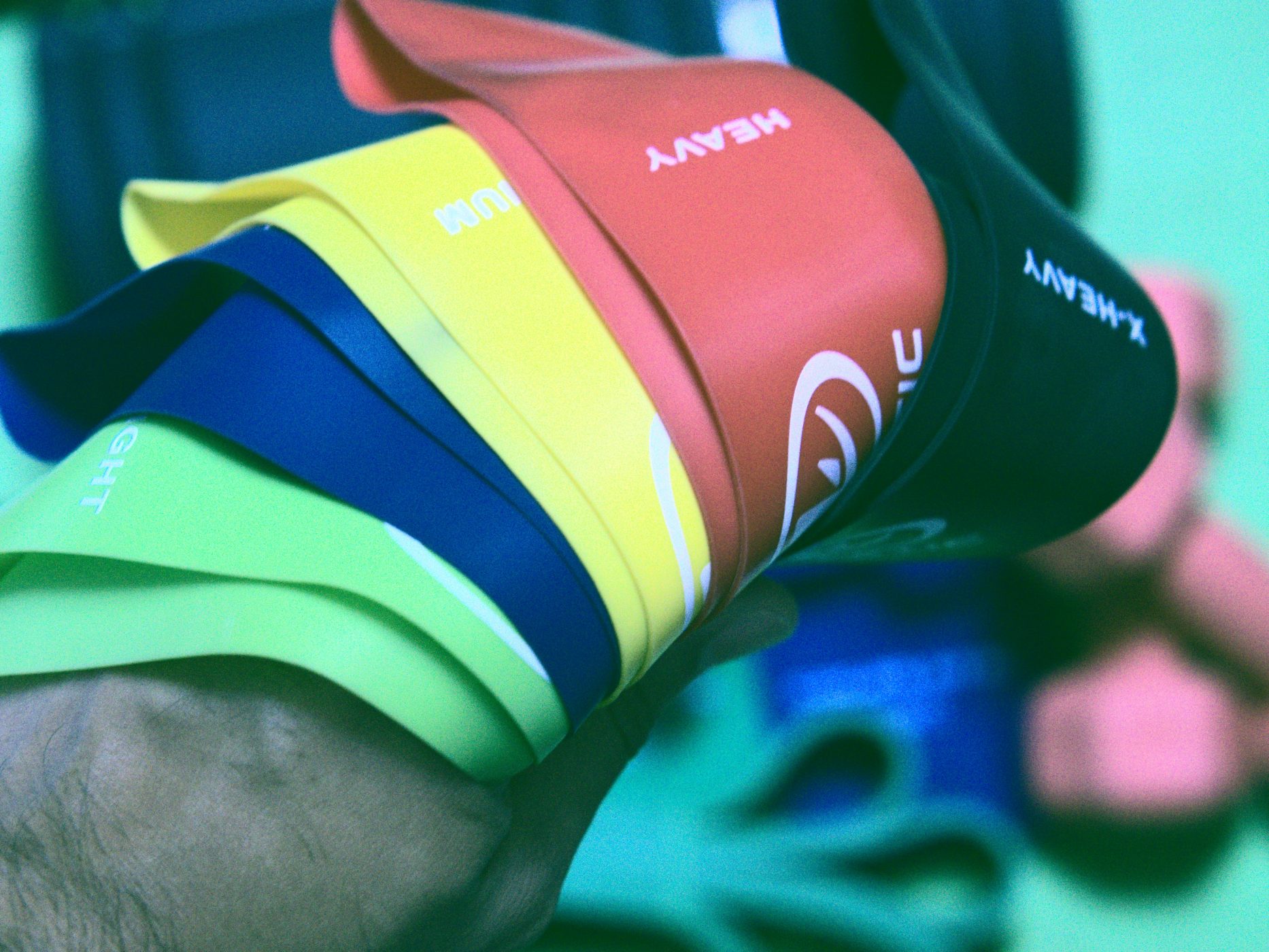A Guide to Umpiring Indoor Hockey
It’s that time of year folks! The time of year when it’s either too hot or waayyy too cold to play hockey outdoors. And you know what that means…
We all go into hibernation.
But not the “I’m just going to hole myself up in this den, sleep, and not eat for 6 months” kind of hibernation (I mean, honestly, who even does that?! This girl gotta eat – ALL THE TIME). I mean, some of us do go into ‘no hockey’ hibernation mode. And there is absolutely nothing wrong with that. We all need a break sometimes.
But for some of us…
It’s INDOOOOORRRR SEASON!
We pack up our stuff and hole up in the indoor hockey halls of the world for a few months.
Indoor hockey is a great sport and in many ways it’s similar to outdoor hockey – but it’s also very different. Indoor is a fun, exciting fast paced game. It helps develop game skills and strength on the ball for players. It also helps umpires hone their reaction times, reading of the game, pace and movement on the field.
So, if you’re jumping into the indoor hockey arena, what’s the best way to be the best umpire you can be?
Well. Firstly, you need to know the rules (duh!). You can find them on the FIH website here. The most recent version is the 2019 one, so if you’ve missed a season make sure you brush up your knowledge! You can also find the FIH Indoor Briefing here, which has great tips about how the game should be umpired.
Secondly, the best way to learn is to watch. And who better to watch than the best? Check out the FIH YouTube Channel for full matches (somewhat of a rarity in this broadcasting-rights age) from the Indoor World Cup, held in early 2018 in Berlin. They also have some other matches from earlier years and tournaments, which are also great – just be aware of any rule changes that may have come and gone!
You can also check out this post from when I had a chat to top international Michelle Meister from Germany on her preparation for the Indoor World Cup!

But, in terms of some solid tips for umpiring indoor? Well. I’ve got a post right here to help you out with that! I’ve enlisted the help of someone who knows a thing or two about indoor hockey. You know, she just umpired at the Indoor World Cup. No big deal. Don’t even worry about it.
A Guide to Umpiring Indoor Hockey

With Emily Carroll, Indoor World Cup Umpire
There are a number of rules that are different from outdoor:
- Players can only push the ball. No hitting or slapping allowed.
- You can’t lift the ball – unless it’s a flick at goal. This also means no ‘jinking’ (lifting the ball over a players stick), unless the ball is being played as a shot directly at goal.
- Drilling – an interesting rule… you can’t push the ball through a set player. More on this below.
- The field is smaller, and it has side boards to help keep the ball in play. Holding the ball against the boards to prevent a tackler from getting the ball is an offence – this is called ‘Trapping’.
- A green card is 1 minute off, yellow card is 2 minutes.
- Players may not play the ball while lying on the pitch. This commonly referenced as the Three Points (of contact) Rule. For example, 2 feet and your stick. (The GK, or player with GK privileges, may play the ball whilst on the ground only if they, and the ball, are inside the circle).
What positioning is best?
This is a little hard to explain in writing, but I’ve got some general tips below. BUT, I highly recommend that you go and watch some indoor games and umpires (even on the YouTube link above). It will make so much more sense when you actually see where the umpires move in the context of the game.
Some quick tips include:
- Stand in front of the play, even for free hits are near the sideline. A quick readjustment can be required, especially when the ball moves quickly, so be on your toes!
- Try to stay outside of the sideboards when the play is coming down the sideline. Move onto the pitch when play gets closer to the circle.
- Come right down into the defensive part of the field on the side boards in order to assist your co-umpire. It can be hard for them to see the opposite side of the circle, and they need your help! You are a team after all.
- Don’t be afraid to re-adjust your positioning in your circle. The circle is the main difference in positioning – you can come up to the top of the circle and look back at play, particularly if the ball/play is on the boards on the opposite side of the field.
- But as already mentioned, the best tip is to watch some indoor and get an understanding of the game 🙂
What is drilling?
This is one of the main rule differences from outdoor – you are not allowed to drill the ball through a set player. But what does that actually mean?
Players are not permitted to deliberately push the ball hard (“drill”) into a player from close proximity. The reason it’s not allowed is because it’s dangerous.
The opposing player would usually be set in a stationary position with the stick in a horizontal position in front of them and usually within 5 metres of the ball. The ball played deliberately into the set player or their hand should be penalised due to dangerous play. If it continues, the use of cards may be appropriate.
A ball aimed wide of the player’s normal stance should not be penalised.
When is it not drilling? If the defender:
- is not set defensively,
- has their stick in the air,
- has their stick outside the line of their hips/feet,
- is quite a distance from the attacker (more than 4-5m away).
What do you need to change as an umpire when umpiring indoor?
Movement and positioning are the biggest things. Because the pitch is smaller, you obviously don’t need to do as much running. However, the play is faster and so you need to be paying close attention to the game and be ready to move quickly!
It also, of course, takes a little to get your head around the slightly different rules. For this reason, it’s important to try and watch some indoor before you step out on the pitch yourself if you can.

What are the key things that an umpire should do to create the best game in indoor?
This is somewhat similar to outdoor in a lot of ways.
- You need to communicate with the players in order to get them to understand what you want.
- Arena umpiring (using signals and body language to communicate to the spectators, coaches, etc.) is also important in the broader context of the game in order to convey messages to more than just the players. It also contributes to the entertainment value of the game to a certain extent.
- Sometimes, it’s important to take risks (especially in the circle). This means holding your whistle a little longer, being brave, and seeing if an amazing goal can’t come of your great advantage play…!
- Set your standards early in the game in order to make both your life, and that of the players, easier as the game progresses.
- Make sure you protect the players – dangerous and reckless play should be managed (just like in a game of outdoor).
Emily’s hot tips for umpiring indoor…
Have fun and enjoy the different style and pace of hockey!! It will challenge and grow your skills as an umpire.

In terms of other tips on how to improve you umpiring in general (both indoor and outdoor!), check out these posts on How to Blow Your Whistle, What Makes a Great Umpire, Controlling Your Emotions, and more on the Development page!
If you think other people might find this useful, please share it around through social media or by using the buttons below 🙂 Sign up for the newsletter to get new posts delivered straight to your inbox, and follow me on Facebook and Instagram for extra tips, tricks and behind the scenes banter!






You must be logged in to post a comment.